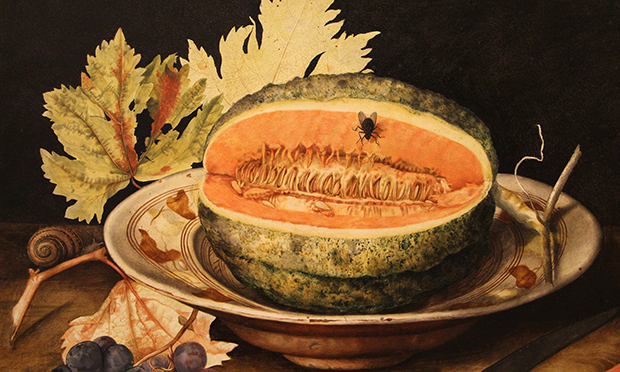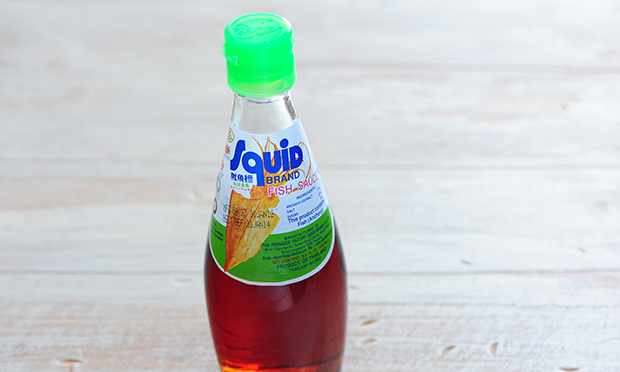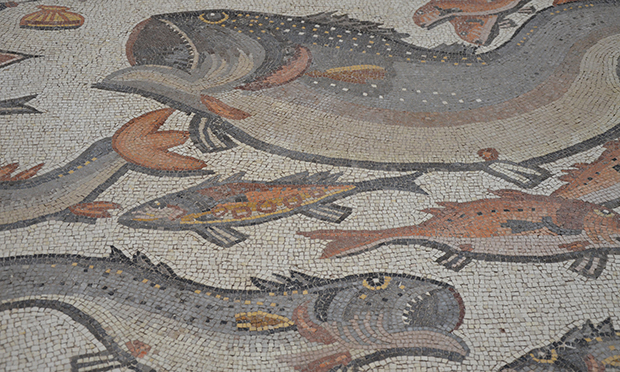All the fun of the furlough

When our intrepid legionary first heard of the enforced furlough, he chuckled to himself as he strode up Stamford Hill, glad of the space and time to follow up some of his varied, mostly legitimate, interests, like the nice little business in spices he’d set up with one of his Yorkshire mates in Eboracum, handy for river and road traffic, and the existing network of native Celtic traders, eager to snap up the latest Mediterranean food fad.
His swarthy complexion and jet black hair went unnoticed among the dark-skinned Celts in occupied Britain, where settlers from parts of the Roman Empire mingled with the native Brits.
His aunty’s stash of little packets of saffron, weighing a bit less but costing almost as much as gold dust, snug in his kit, cheered our hero on. Not the Ligurian aunty, the one from Palestine who married his father’s youngest brother, with a sister in Persia whose family were wholesale producers of saffron, and cultivated a few thousand mulberry trees for the silk worms and fruit preserves.
But why all this hoo-ha over import/export expenses when, with Aunty’s know-how, one might grow those hardy little autumnal flowers here in Britanicum, and have the harvesting of the tiny fragile golden stamens done by the work-shy, benefit-scrounging native Brits on minimum wage and no questions asked?

Think on – each blossom of crocus sativus, not to be confused with the poisonous autumn crocus, produces three stamens, and it takes 150 0f these to get one gram of dried saffron, so the cheapest possible workforce has to be deployed, and there it is, within easy reach of Camulodunum or Colchester, one of the country’s largest towns, the hamlet now known as Saffron Walden has good soil and the right climate.
Reading this, food historians who understand that saffron cultivation in England happened in the 17th century are in for a bit of a shock, but our friend is as always plausible, and his idea does make sense. This was better than his silphium moment, which he would rather we did not mention.
Asafoetida is the nearest we get to silphium, a foul-smelling plant, rather like fennel, whose stems produce a gum or resin that when dried can be ground or pounded into a powder which had a horrible disgusting pong, like sick and poo, but adds a delicious flavour to sauces and stews.
Silphium used to grow profusely in Cyrenaica, now Libya, but was overproduced to meet the greed of Mediterranean foodies, and eventually became extinct.
So what about over here? Sadly, a small packet in our friend’s kit was impossible to conceal. But the gentle fragrance and glowing colour of saffron offered much more hopeful possibilities.

Fish sauce was another possibility, again a bit of a pong, but as a condiment or seasoning for sauces and stews, produced a burst of flavour, rather like the umami in soy sauce that would enliven the rather dull native British cooking. We shall have to wait until next year for the definitive book by Sally Grainger on the making and distribution of the stuff, The Story of Garum: preserved fish sauces and salted fish in the Ancient World.
Garum or liquamen (there were many kinds, and the nomenclature is confusing) was made in industrial quantities in the Roman empire, especially in Spain and Southern Italy, as well as Liguria, another of Aunty’s little sidelines. Shipping quantities of the stuff over here was for our legionary just a matter of organisation, with savvy brothers-in-law lined up to see to the paperwork and distribution.
Garum was made in huge concrete vats, where, to over-simplify somewhat, the guts and carcasses of anchovies and other small fish fermented in salt or their own blood, eventually producing a clear liquid which was siphoned off, and sealed into big earthen-ware amphoras with pointed ends to take the sediment, allec, that would accumulate during transport and storage, and eventually be used as flavouring in its own right.
There were so many different kinds of fish sauce, depending on the fish and which parts of them were used, ranging from seriously elitist stuff, dispensed by a slave at posh banquets, as we would truffle oil, and cheaper table versions, like ketchup, or a condiment for the cook to slosh around in the kitchen.
Hackney’s Asian shops have a variety of them, from the mild Squid Brand of Thailand to the pungent Red Fort from Vietnam, as well as trassi, an Indonesian fermented fish paste. Our legionary could not resist stopping off on his journey north to sneak up Stoke Newington Church Street and peep into the Wholefoods store where his Palestinian aunty’s olive oil is now on sale – Zaytoun, a lovely pungent, peppery oil, and a perfect match with the fish sauce in Sally Grainger’s version of a melon salad from Apicius, the mysterious author of the earliest Roman collection of recipes.
Apicius used a dressing of runny honey, fish sauce, oil and vinegar, to dress cubes of a really ripe and fragrant melon, along with a pungent herb like pennyroyal or one of the many kinds of mint.

I must confess that a tired woman in a hurry can get away with just tossing some fish sauce and a slug of Korean sesame oil and any herb you have to hand over cubed melon, finished with some coarsely ground black pepper. It was on a visit to this entrepreneurial aunty in her shamelessly opulent villa at Lydda, now Lod, on the highway to Jerusalem, that he admired the splendid mosaic floor of the main reception room, with its wonderfully accurate wild animals and local fish.
The mosaic pictured above shows some of the fish – the huge creature is probably a dolphin, with mullet, sea bream, sea bass and red snapper frisking around.
There is something about the technique of mosaic that reminds one of the scales of fish, and makes for amazingly lifelike images.
